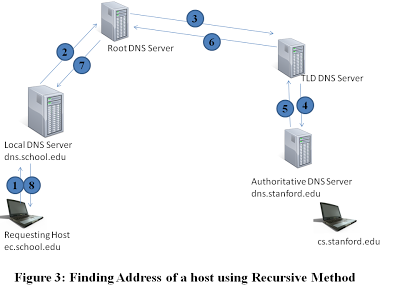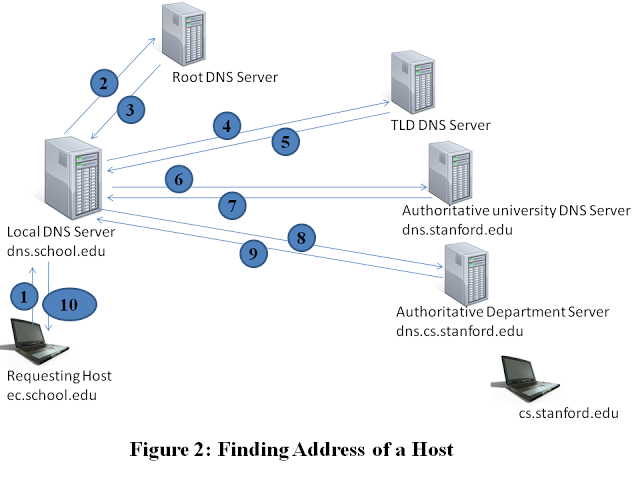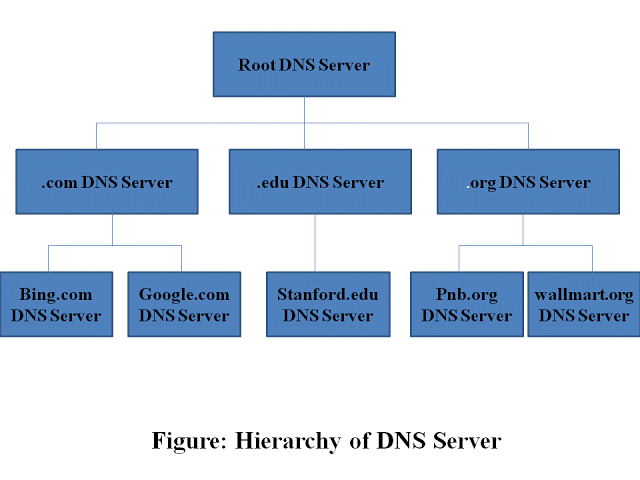WHAT IS A DOMAN NAME?
Unless you are physically running a website, you may not know exactly what a domain name is or how it works. The simple answer is that a domain name is the address that the browser uses to find a website. Domain names are used in web addresses (www.domainname.com) and in an email address ([email protected]).
It is a unique identifier for a website or email account.There are two parts to every domain name; a second-level domain and a top-level domain. The top-level domain is the ending notation of the domain name. Examples of the top-level portion of a domain name is .com, .net or .edu. Some top-level domains are restricted for use with only certain type of organizations or countries.
For instance, .edu is reserved for schools while .gov is only for government agencies. The second-level domain is usually picked by the owner upon registration if it is available. In the web address, www.google.com, “google” is the second-level domain.
WHAT IS Domain Name USED FOR?
Every website, or web server, has an IP address (four sets of numbers used to locate a computer connected to the Internet). To be able to access a website, the Internet browser needs to know the IP address to locate it on the server. Trying to remember the IP address for every website that you visit frequently can be difficult at best. This is where domain names come in; they are easy to remember and use identifiers that are linked to the IP addresses of the web servers that houses websites.
Instead of trying to remember a long set of numbers, the Domain Name System (DNS) holds the IP address that is tied to the domain name. Once referenced, the DNS looks up the IP address and pulls up the website automatically.
HOW DOES Domain Name WORK?
When setting up a website, you purchase a domain name and a hosting account (a web server to house the website). These items can be purchased from two separate businesses or from the same. It is usually more cost-effective to purchase them separately. You may find that, although most hosting companies offer low-cost hosting, a cheaper price for a domain name can be found at companies who specialize in registering domain names.
The same can be said for companies offering low-cost domain name registration; their hosting packages almost doubles the lowest packages offered elsewhere. After purchasing both elements (domain name and hosting account), the domain name needs to be pointing to (or referencing) the location of the hosting account. To do this, the Domain Name Servers need to be configured to the web servers of the hosting account. After all of this is done, the DNS will be able to point any browsers to the correct IP address of the website once the domain name is typed into the browser.
DNS Servers and IP Addresses
You just learned that the primary job of a domain name server, or DNS server, is to resolve (translate) a domain name into an IP address. That sounds like a simple task, and it would be, except for the following points:
- There are billions of IP addresses currently in use, and most machines have a human-readable name as well. DNS servers (cumulatively) are processing billions of requests across the Internet at any given time. Millions of people are adding and changing domain names and IP addresses each day.




With so much to handle, DNS servers rely on network efficiency and Internet protocols. Part of the IP’s effectiveness is that each machine on a network has a unique IP address in both the IPV4 and IPV6 standards managed by the Internet Assigned Numbers Authority (IANA). Here are some ways to recognize an IP address:
- An IP address in the IPV4 standard has four numbers separated by three decimals, as in: 70.74.251.42
- An IP address in the IPV6 standard has eight hexadecimal numbers (base-16) separated by colons, as in 2001:0cb8:85a3:0000:0000:8a2e:0370:7334. Because IPV6 is still a very new standard, we’ll concentrate on the more common IPV4 for this article.
- Each number in an IPV4 number is called an “octet” because it’s a base-10 equivalent of an 8-digit base-2 (binary) number used in routing network traffic. For example, the octet written as 42 stands for 00101010. Each digit in the binary number is the placeholder for a certain power of two from 2 to 27, reading from right to left. That means that in 00101010, you have one each of 21, 23and 25. So, to get the base-10 equivalent, just add 21 + 23 + 25 = 2 + 8 + 32 = 42. For more about how IP addresses are constructed, see our article “What is an IP address?”
- There are only 256 possibilities for the value of each octect: the numbers 0 through 255.
- Certain addresses and ranges are designated by the IANA as reserved IP addresses, which means they have a specific job in IP. For example, the IP address 127.0.0.1 is reserved to identify the computer you’re currently using. So, talking to 127.0.0.1 is just talking to yourself!
Where does your computer’s IP address come from? If we’re talking about your desktop or laptop computer, it probably comes from a Dynamic Host Configuration Protocol (DHCP) server on your network. The job of a DHCP server is to make sure your computer has the IP address and other network configuration it needs whenever you’re online. Because this is “dynamic,” the IP address for your computer will probably change from time to time, such as when you shut down your computer for a few days. As the user, you’ll probably never notice all this taking place. See the sidebar on this page for hints on where to find the IP address assigned to your computer or mobile device.
Web servers and other computers that need a consistent point of contact use static IP addresses. This means that the same IP address is always assigned to that system’s network interface when it’s online. To make sure that interface always gets the same IP address, IP associates the address with the Media Access Control (MAC) address for that network interface. Every network interface, both wired and wireless, has a unique MAC address embedded in it by the manufacturer.
For more information on IP addresses, see the IANA, operated by the Internet Corporation for Assigned Names and Numbers (ICANN). Now, though, let’s look at the other side of the DNS equation: domain names.
A name server is a specialized server on the Internet that handles queries or questions from your local computer, about the location of a domain name’s various services.
A great simple way to think about name servers is using a phone book analogy. If you were trying to call Powerhoster you might have remembered our phone number, but more than likely you’d want to look it up before just guessing at numbers.
A name server is a computer Hardware or software server that implements a network service for providing responses to queries against a directory service. It translates an often humanly-meaningful, text-based identifier to a system-internal, often numeric identification or addressing component. This service is performed by the server in response to a service protocol request.
An example of a name server is the server component of the Domain Name System (DNS), one of the two principal namespaces of the Internet. The most important function of DNS servers is the translation (resolution) of human-memorable domain names and hostnames into the corresponding numeric Internet Protocol (IP) addresses, the second principal name space of the Internet which is used to identify and locate computer systems and resources on the Internet.
It is a service provided by TCP/IP protocol. It allows you to connect to other computers or networks by simple names instead of requiring memorization of IP addresses. The Internet maintains two principal namespaces: the domain name hierarchy and the IP address system. The Domain Name System maintains the domain namespace and provides translation services between these two namespaces. Internet name servers implement the Domain Name System.
The top hierarchy of the Domain Name System is served by the root name servers maintained by delegation by the Internet Corporation for Assigned Names and Numbers (ICANN). Below the root, Internet resources are organized into a hierarchy of domains, administered by the respective registrars and domain name holders. A DNS name server is a server that stores the DNS records, such as address (A, AAAA) records, name server (NS) records, and mail exchanger (MX) records for a domain name (see also List of DNS record types) and responds with answers to queries against its database.
